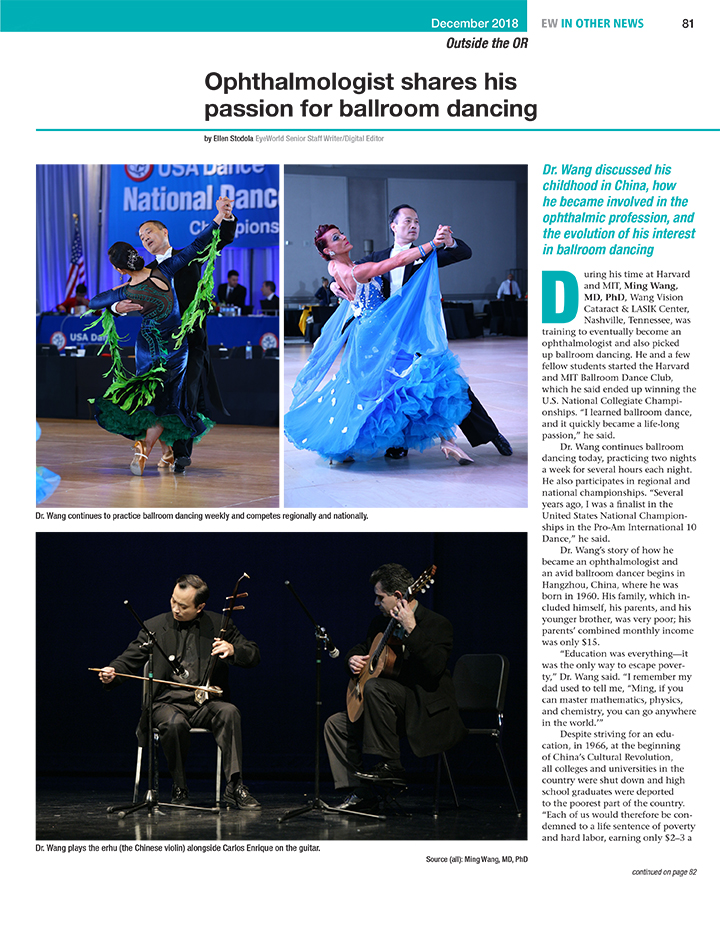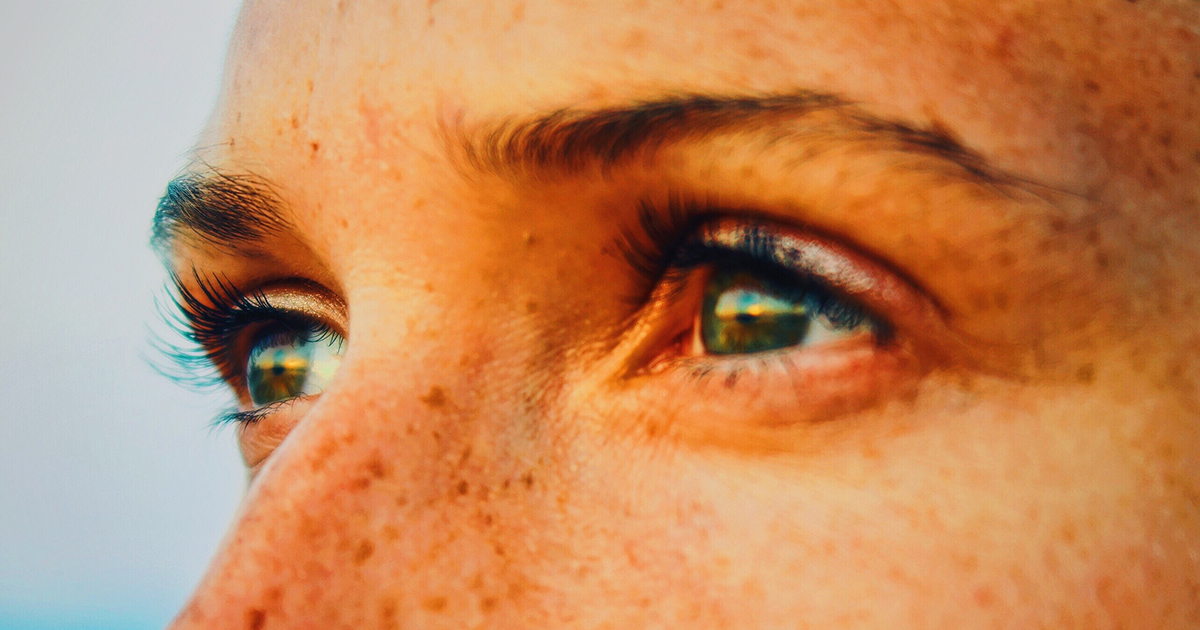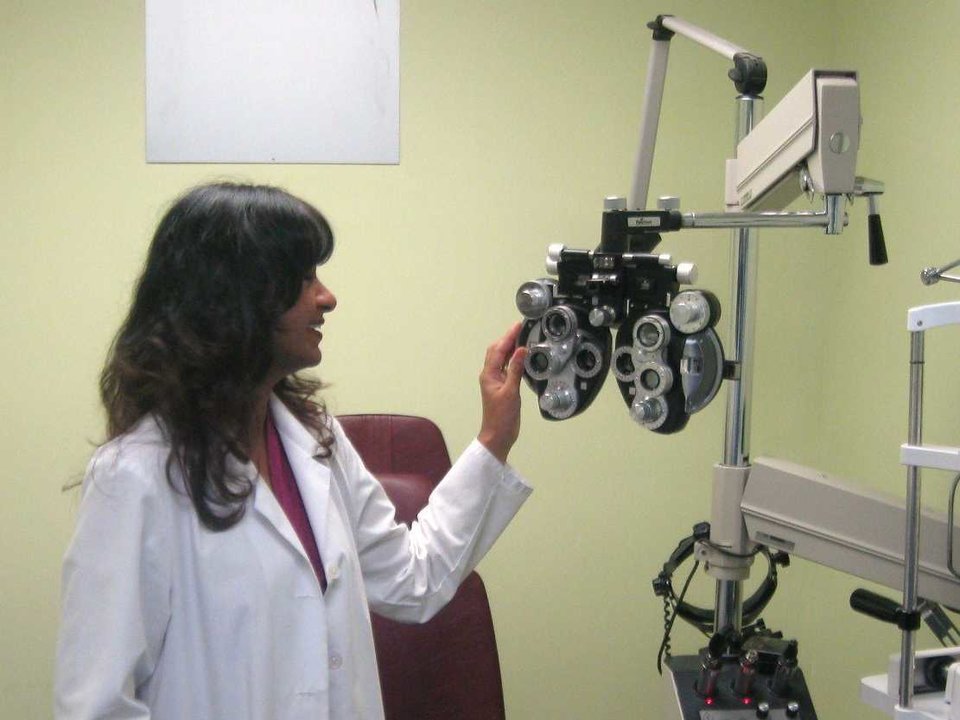If you’re a migraine sufferer, you know there are stark differences between headaches and migraines. (Location and severity of pain and accompanying symptoms are key differentiating markers, FYI.) But did you know that there are multiple types of migraines that can vary greatly based on symptoms, severity, and frequency?
“Migraines are generally divided into two overarching types: migraines with aura and migraines without aura,” says Nashville-based eye surgeon Ming Wang, M.D., Ph.D., of Wang Vision 3D Cataract & LASIK Center. Aura refers to a cluster of visual symptoms: seeing waves, stars, zig-zags, flashes of light, or even missing spots in your vision. On average, these symptoms can last anywhere from five to 60 minutes, explains Dr. Wang. “[Auras typically] appear suddenly, last for a short time, and then go away,” he adds. “They can occur with or without a headache. [Sufferers of] migraines without aura do not have any visual symptoms, only the headache.”
But one of the most alarming types of migraines might not actually “feel” like a migraine at all: When you get an ocular migraine, your eyes experience the effects more than anything else. (That’s not to say you won’t also have head pain, though. More on that below.) This can be a confusing and scary situation to be in, especially if you’ve never had an ocular migraine before. (Related: What I’ve Learned from Having Chronic Migraines)
Here, the lowdown on ocular migraines, so you can understand what you’re experiencing (and act accordingly).














































